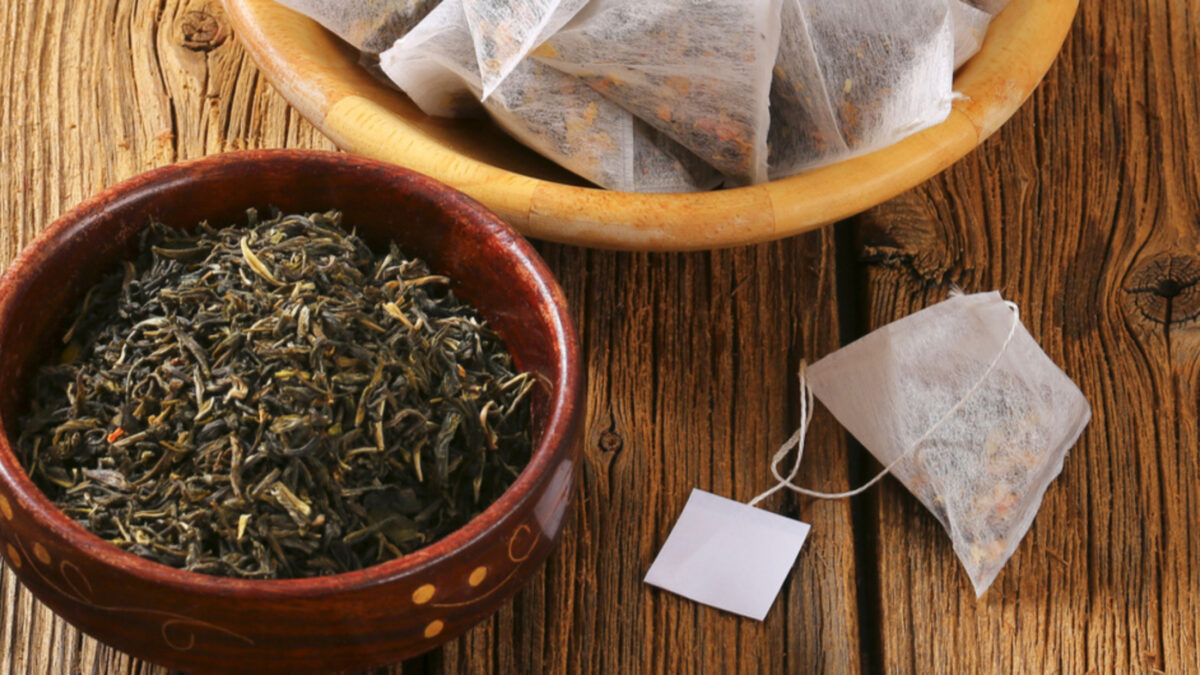Tea, one of the oldest and most widely consumed beverages in the world, has a rich history that spans centuries and crosses diverse cultures. Among the myriad ways to enjoy tea, the experience of loose tea stands out as a celebration of flavor, aroma, and tradition. In this article, we’ll delve into the world of loose tea, exploring its origins, the various types available, the brewing process, and the unique characteristics that make loose tea a favorite among tea connoisseurs.
The Origins of Loose Tea:
Tea, believed to have originated in China over 5,000 years ago, was initially consumed as a medicinal beverage before evolving into a social and cultural phenomenon. Loose tea, the traditional form of tea consumption, involves using whole or partially broken tea leaves rather than pre-packaged tea bags. The shift to tea bags in the 20th century was largely a matter of convenience, but in recent years, loose tea has experienced a revival among those seeking a more authentic and nuanced tea-drinking experience.
Types of Loose Tea:
Loose tea comes in a variety of types, each with its own unique flavor profile, aroma, and brewing requirements. Some of the most popular types include:
- Green Tea: Known for its delicate flavor and vibrant green color, green tea undergoes minimal oxidation during processing. Popular varieties include Dragonwell, Sencha, and Matcha.
- Black Tea: Fully oxidized, black tea boasts a robust flavor and dark color. Varieties such as Assam, Darjeeling, and Earl Grey fall under this category.
- Oolong Tea: Partially oxidized, oolong tea strikes a balance between green and black tea, offering a diverse range of flavors. Tie Guan Yin, Dong Ding, and Da Hong Pao are examples of oolong teas.
- White Tea: Among the least processed teas, white tea features young leaves and buds. Silver Needle and Bai Mu Dan are well-known white tea varieties.
- Herbal Tea: While not technically a true tea as it doesn’t come from the Camellia sinensis plant, herbal tea often falls under the loose tea category. Popular herbal options include chamomile, peppermint, and rooibos.
Brewing Loose Tea:
Brewing loose tea is an art that involves precision and care to unlock the full spectrum of flavors. Here’s a basic guide:
- Measure the Tea: The general rule of thumb is one teaspoon of loose tea per 8 ounces of water, but this can vary based on personal preference and the type of tea.
- Water Temperature: Different teas require different water temperatures for optimal brewing. Green teas generally benefit from cooler water (around 175°F), while black teas do well with hotter water (around 200-212°F).
- Brewing Time: The steeping time varies depending on the type of tea. Green teas usually require 2-3 minutes, while black teas may need 3-5 minutes. Oolong and white teas fall in between, typically requiring 4-6 minutes.
- Strain or Infuser: To prevent oversteeping, strain the leaves or use a tea infuser. This ensures a well-balanced cup without bitterness.
The Advantages of Loose Tea:
- Superior Quality: Loose tea often boasts higher quality compared to tea bags. The whole or partially broken leaves allow for a more nuanced and complex flavor profile.
- Sustainability: Loose tea is often more environmentally friendly than tea bags, as many tea bags contain non-biodegradable materials.
- Customization: With loose tea, you have the freedom to adjust the quantity and brewing time to suit your taste preferences.
- Variety and Exploration: Loose tea offers a vast array of options, allowing tea enthusiasts to explore and appreciate the nuances of different types and blends.
Conclusion:
Loose tea is not merely a beverage; it’s a journey into the rich tapestry of tea culture, flavor, and tradition. As more people rediscover the joys of loose tea, the art of brewing and savoring this ancient elixir continues to evolve. Whether you are a seasoned tea aficionado or a newcomer to the world of loose tea, the experience promises a depth of flavor and a connection to tradition that is truly unparalleled. So, the next time you crave a cup of tea, consider embarking on a journey with loose tea leaves, and savor the magic that unfolds with each steeping.


